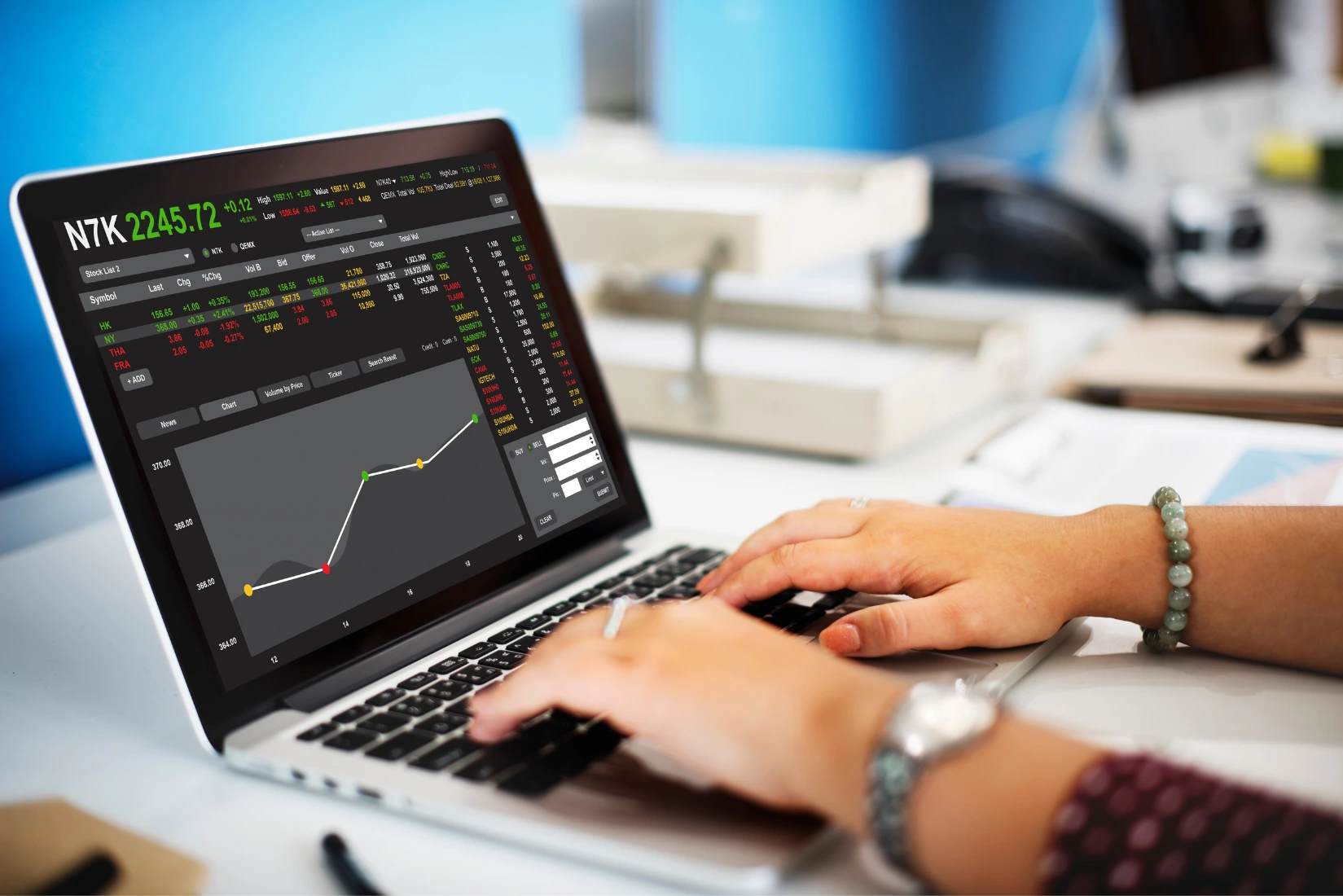Quantitative Trading: What You Should Know Before Jumping In
A Roundup of What to Know About Quantitative Trading
The term quantitative trading has exploded across social media, fintech newsletters, and even casual Reddit threads. From hedge fund strategies to Python tutorials promising quick wins, it can feel like everyone is jumping in.
But is quant trading truly accessible—or even advisable—for the average trader?
Here’s a curated look at the main ideas, risks, and realities surrounding this increasingly popular approach.


1. The Allure: Logic Over Emotion in Quantitative Trading
At its core, quantitative trading sounds ideal. You’re not guessing. You’re using data. Emotions? Out. Bias? Minimized. Decisions are based on models and statistics—not gut instinct.
That’s the appeal. And for those frustrated by emotional swings or inconsistent manual trades, this can be a big draw.
But appealing doesn’t always mean practical…
2. The Tools Are Easy in Quantitative Trading—The Context Isn’t
With AI code assistants and open-source trading libraries, building a basic bot is no longer rocket science. But the strategy behind that bot? That’s where things get complicated.
You’ll need to understand:
- Market mechanics
- Statistical modeling
- Risk metrics
- Execution delays
- Slippage and spread behavior
And yes—psychology, even in a rules-based world.
In other words, the technical lift is lighter, but the intellectual demand is still high.


3. Myth Check: Quant ≠ Automatic Win
A common misconception is that quantitative strategies always outperform. The truth? Many retail algorithms underdeliver due to:
- Overfitting
- Poor diversification
- Unrealistic assumptions
- Lack of regular review
Markets evolve. And if your model isn’t flexible—or you’re not around to notice something’s off—you can rack up losses fast.
Automation doesn’t guarantee performance. It just executes instructions faster—good or bad.
4. The Personality Fit: Who Actually Enjoys It?
Before you go all-in, ask yourself:
- Do I enjoy testing and optimizing systems?
- Am I okay with technical problem-solving?
- Can I spend hours tweaking logic… without seeing results right away?
If that excites you, great. You’ll probably enjoy the process.
If you’re looking for something simpler or more intuitive? A passive strategy like index investing might align better with your goals and energy.
There’s no “right” answer—just what fits your style.


5. The Maintenance Factor: It Never Really Ends
Quantitative trading isn’t a “set it and forget it” approach. Even the best models require:
- Regular rebalancing
- Performance analysis
- Adjustments for market conditions
- Occasional rewrites
Think of it less like a vending machine and more like running a garden. It needs attention, pruning, and sometimes a total redesign.
6. Learning Curve: Manage Your Expectations
Getting into quantitative trading doesn’t mean you need a PhD in statistics—but you do need to be ready to:
- Learn continuously
- Be wrong often
- Lose some money
- Test, fail, repeat
It’s a long game. Many quit after a few bad trades or unclear results. The ones who stick with it? Usually those who find the learning just as rewarding as the trading.
Final Takeaway: Powerful? Yes. Universal? No.
To wrap it up: quantitative trading is a powerful method, but it isn’t a universal solution. It requires more than just interest—it calls for time, patience, and a tolerance for uncertainty.
If you’re data-driven, technically curious, and willing to experiment, this could be a path worth exploring. If not? There are plenty of other smart, reliable ways to grow your capital.
Bottom line: just because you can run a trading algorithm doesn’t mean you should. Start slow, stay skeptical, and choose what fits your goals—not the hype.
Relevant Link : Quantitative Trading for the Masses? Why Its Future May Be More Selective Than Universal




